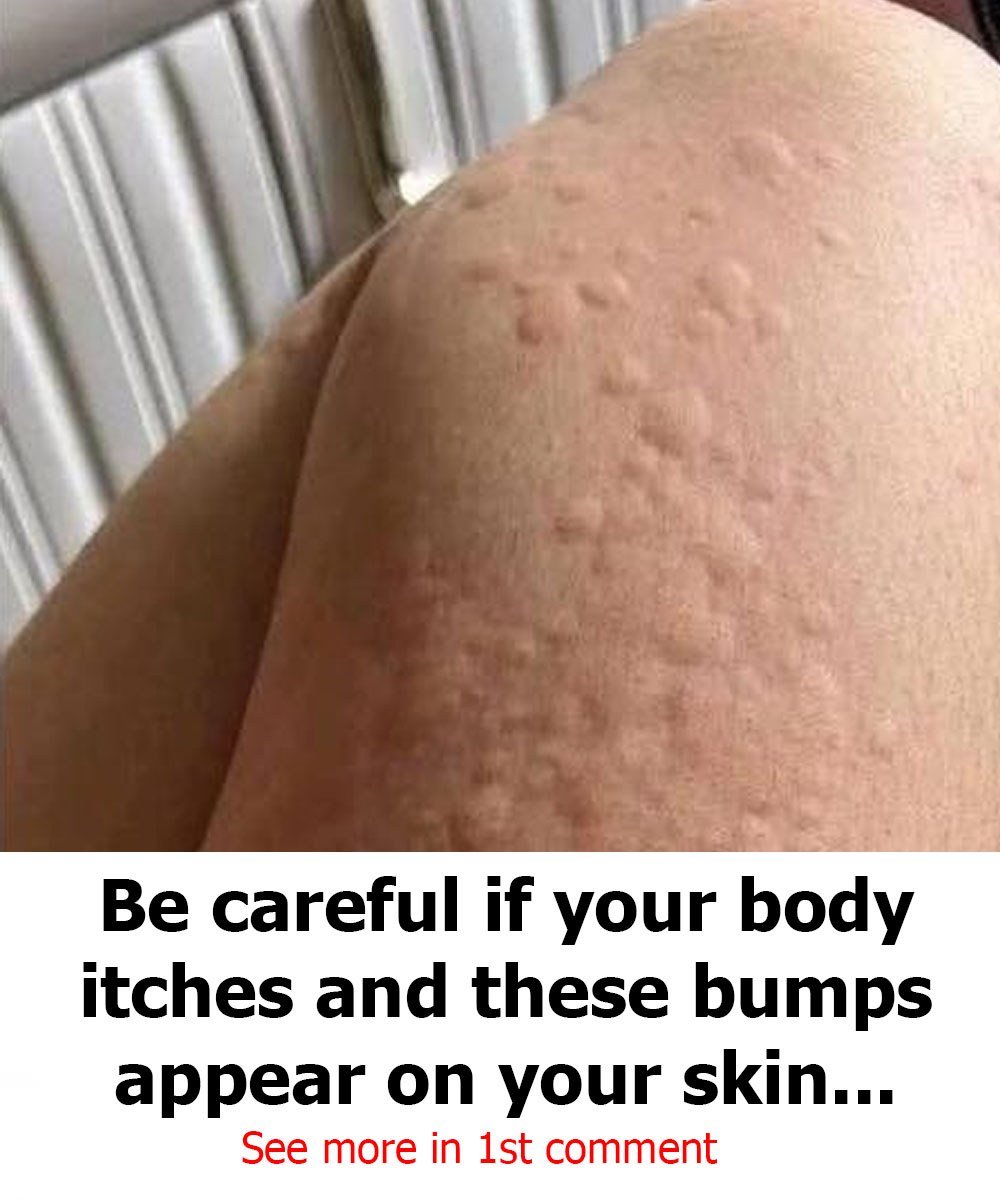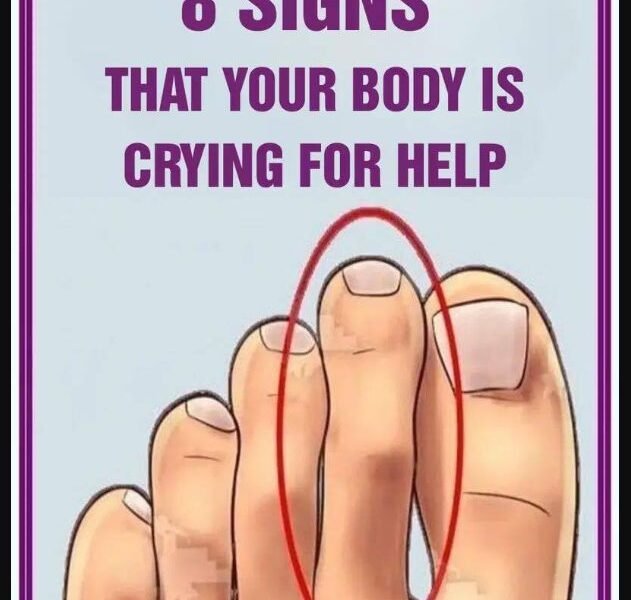Urticaria is a common skin condition characterized by raised, red, itchy welts that vary in size and location, often appearing on the face, arms, legs, or trunk. These welts can be alarming but typically resolve on their own within hours or days. Urticaria results from the release of histamine by mast cells, causing capillaries in the skin to leak fluid and produce swollen, itchy bumps.
A defining feature of urticaria is the transient nature of the welts, which usually fade within 24 hours without leaving marks, although new ones may form. Symptoms also include intense itching (pruritus) and, in some cases, angioedema—swelling in deeper skin layers affecting the eyelids, lips, or throat, which can become a medical emergency if breathing is impaired.
Urticaria is classified based on its duration. Acute urticaria lasts less than six weeks and usually has an identifiable cause, such as allergens, infections, or medications. Chronic urticaria, lasting longer, often lacks a clear trigger and may be autoimmune. Inducible urticaria is caused by specific physical stimuli like cold, heat, pressure, or sunlight.
Triggers for acute urticaria include allergic reactions (foods, drugs, insect stings), viral or bacterial infections, and stress, which can worsen outbreaks. In chronic cases, identifying a specific cause is challenging. Autoimmune responses may underlie many cases, where the immune system mistakenly attacks the body’s mast cells.
Diagnosis is mainly clinical, based on symptoms and patient history. Treatment focuses on controlling symptoms using antihistamines to block histamine effects, corticosteroids for severe cases, and avoiding known triggers. Although usually harmless, urticaria can greatly affect comfort and quality of life.


